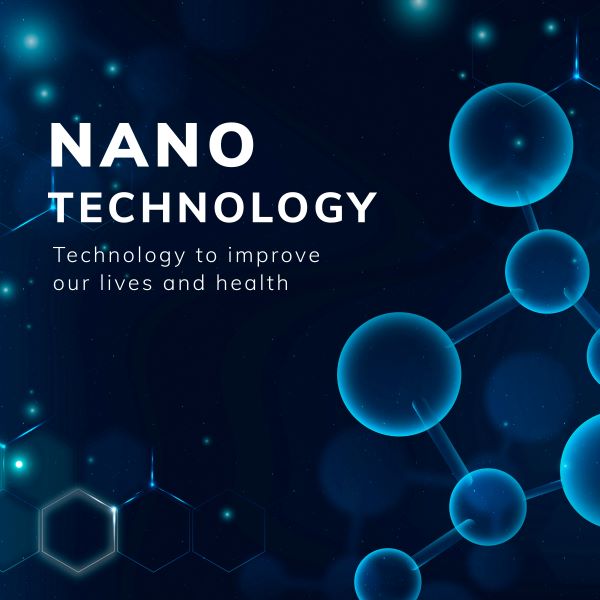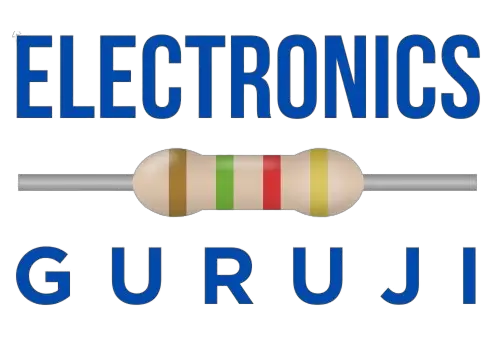The world of electronics is experiencing a massive transformation, driven by groundbreaking innovations that are reshaping industries and our everyday lives. Let’s explore these latest advancements in electronics that are propelling us into the future.
1. Advanced Electronic Materials
Researchers are exploring alternatives to the long-standing reliance on silicon in the semiconductor industry. Materials such as Graphene, Carbon Nanotubes (CNTs), and Gallium Nitride are being investigated for their potential to create electronic devices that surpass the limitations of silicon. These materials hold promise for delivering faster, more efficient, and superior electronic components, paving the way for groundbreaking advancements in technology.
2. Organic Electronics
Organic electronics introduce a new approach to device manufacturing by utilizing carbon-based materials. Unlike traditional electronics, these materials offer flexibility and adaptability, enabling the creation of affordable, large-area devices like solar cells and sensors. Printing on various surfaces becomes feasible, promising cost-effective production and opening doors to innovative applications across industries.
3. AI Technology
The integration of AI and machine learning algorithms marks a paradigm shift in electronics. AI is the backbone of the latest advancements in electronics and computers. AI is Empowering devices to learn, adapt, and make autonomous decisions, revolutionizing various sectors including robotics, autonomous vehicles, and healthcare.
4. Internet of Things (IoT)
The latest advancements in electronics and IoT include enhanced connectivity, improved security protocols, and increased device interoperability. Innovations focus on optimizing data processing, enabling faster communication between devices, and expanding the scope of IoT applications, from smart cities to healthcare and beyond. Additionally, advancements in edge computing and AI integration are transforming how IoT devices collect, analyze, and act upon data in real-time, enhancing efficiency and reliability.
5. Embedded Systems
The latest advancements in embedded systems revolve around increased miniaturization, enhanced power efficiency, and improved processing capabilities. These developments aim to make devices smaller, more energy-efficient, and capable of handling complex tasks with higher performance. Additionally, advancements focus on integrating advanced sensors, connectivity options, and security features into embedded systems, expanding their applications across industries like automotive, healthcare, and consumer electronics.
6. Printed Electronics
The latest developments in printed electronics emphasize advancements in printing techniques, materials, and applications. Researchers and innovators are exploring improved printing methods like inkjet and screen printing to create electronic components more efficiently and cost-effectively. Moreover, these advancements involve experimenting with diverse materials and substrates, enabling the production of flexible, lightweight, and even wearable electronic devices. Enhanced printing technologies are paving the way for innovations in areas like flexible displays, sensors, and energy-efficient electronics with broader applications across industries.
7. Advanced IC Packaging
The recent strides in advanced IC packaging focus on innovative methods to package integrated circuits more efficiently and compactly. These advancements include 3D packaging and fan-out wafer-level packaging techniques. These methods allow for the creation of smaller yet more powerful electronic devices by stacking or arranging components in three dimensions, optimizing space utilization while enhancing performance and reliability. Moreover, these packaging advancements enable improved thermal management and electrical connectivity, catering to the growing demand for smaller, high-performance electronics in various applications.
8. Miniaturized Electronics
The latest breakthroughs in miniaturized electronics concentrate on further downsizing device dimensions while maintaining or enhancing performance. These advancements aim to make electronic components smaller, more energy-efficient, and capable of delivering improved functionalities. Recent progress includes advancements in nanotechnology, allowing for the creation of tinier yet more powerful components. Additionally, developments in manufacturing processes and materials enable the production of highly compact and reliable devices, expanding possibilities for implantable medical devices, wearables, and other portable electronics.
9. 5G Technology
The recent advancements in 5G technology have revolved around refining its speed, reliability, and accessibility. Engineers and researchers have focused on expanding the 5G network coverage, enhancing data transfer rates, and minimizing latency. Additionally, efforts have been made to optimize the infrastructure to ensure consistent and reliable connectivity, enabling a broader spectrum of devices to access the high-speed network. These advancements aim to revolutionize communication by providing faster and more stable internet connections, enabling new applications across various industries, from entertainment to healthcare and smart cities.
10. Augmented Reality (AR) and Virtual Reality (VR)

The latest advancements in Augmented Reality (AR) and Virtual Reality (VR) have seen significant progress in immersive experiences, content quality, and accessibility. Innovators have focused on refining AR and VR technologies to offer more realistic and interactive experiences. Advancements in hardware, like more powerful processors and higher-resolution displays, have improved the visual fidelity and immersion in AR and VR environments. Additionally, there’s been a surge in developing user-friendly software and applications, making AR and VR experiences more accessible to a wider audience across various domains, including gaming, education, healthcare, and remote collaboration.
11. Flexible Electronics
The latest advancements in flexible electronics center on innovations in materials and manufacturing processes, aiming to create bendable, stretchable, and lightweight electronic devices. Researchers have made strides in developing flexible substrates and conductive materials that can withstand bending and stretching without compromising functionality. Advancements in printing technologies and assembly methods enable the creation of flexible displays, sensors, and circuits. These developments open new frontiers for wearable gadgets, foldable devices, and smart textiles, paving the way for more adaptable and durable electronics in various industries, including healthcare, consumer electronics, and robotics.
12. Quantum Computing
The most recent advancements in quantum computing have focused on achieving greater stability, scalability, and computational power. Researchers are making strides in building more robust quantum systems with improved qubits, the basic units of quantum information. Efforts have been directed toward error correction, as quantum systems are highly sensitive to external disturbances. Additionally, advancements in algorithms and hardware design aim to solve increasingly complex problems, addressing challenges in fields like cryptography, optimization, and scientific simulations. These advancements mark significant progress toward harnessing the unparalleled computational capabilities of quantum computers for real-world applications.
13. Nanotechnology in Electronics

The latest advancements in electronics through nanotechnology have focused on enhancing performance, miniaturization, and efficiency. Innovators are leveraging nanotechnology to develop smaller electronic components with superior functionalities. By manipulating materials at the nanoscale, advancements have been made in creating more efficient batteries, highly sensitive sensors, and faster processors. Additionally, nanotechnology-enabled materials and structures are being explored for applications in energy storage, data storage, and advanced displays, revolutionizing electronics by offering increased efficiency and performance in smaller forms.
14. Biomedical Electronics
Recent advancements in biomedical electronics have seen remarkable progress in healthcare technology. Innovations are focused on developing sophisticated electronic devices that seamlessly integrate with the human body to monitor health and deliver precise treatments. Progress includes the creation of advanced implantable devices such as pacemakers, insulin pumps, and neural interfaces, enhancing patient care and quality of life. Additionally, wearable health devices equipped with sensors and connectivity features enable continuous health monitoring and data collection, empowering individuals to take proactive steps in managing their health. These advancements in biomedical electronics are revolutionizing diagnostics, treatments, and personalized healthcare solutions.
15. Conclusion:
The advancements in electronics are redefining possibilities, making our devices smarter, more efficient, and more interconnected. Staying informed about these innovations is crucial for navigating the ever-evolving tech landscape. In this post, we discussed the latest advancements in electronics that are crucial for further innovations in the electronics industry.
FAQs
Are these advancements accessible to everyone?
Absolutely! Many innovations eventually become mainstream, making them accessible to the general public.
How do these advancements impact sustainability?
With a focus on energy efficiency and sustainable practices, these advancements aim to reduce the environmental impact of electronics.
Is AI integration limited to high-end devices?
No, AI integration is becoming increasingly common across various electronic devices, catering to different market segments.
What role does nanotechnology play in electronics?
Nanotechnology enables the creation of smaller, more efficient electronic components, contributing to improved device performance.
How does IoT affect privacy and security?
While IoT brings convenience, ensuring robust security measures is crucial to protect personal data and privacy.







